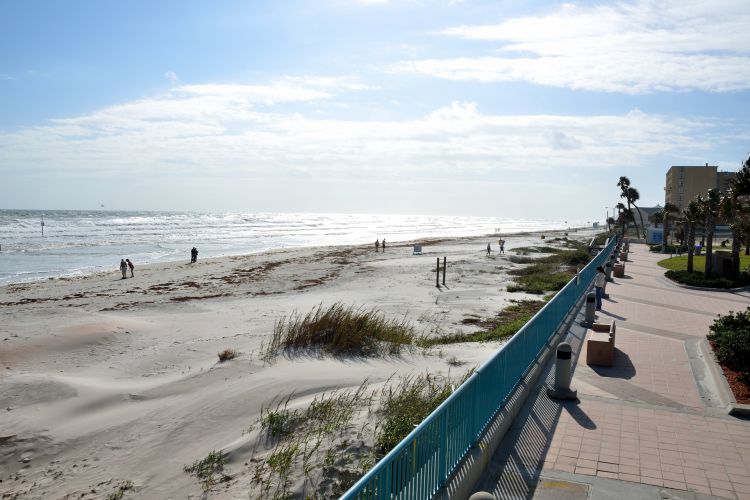 Slip and fall accidents are unfortunately very common in Florida, with unintentional falls leading to deaths in 2022. With its hot and humid climate, aging population, and popularity as a tourist destination, conditions are ripe for these preventable yet serious accidents. If you’ve suffered personal injury, it’s important to understand what caused your fall so you can seek fair compensation.
Slip and fall accidents are unfortunately very common in Florida, with unintentional falls leading to deaths in 2022. With its hot and humid climate, aging population, and popularity as a tourist destination, conditions are ripe for these preventable yet serious accidents. If you’ve suffered personal injury, it’s important to understand what caused your fall so you can seek fair compensation.
Here are 7 of the most common causes of slip and fall accidents in the Sunshine State:
1. Wet or Greasy Floors
Spilled liquids that aren’t cleaned up properly and grease or oil buildup on floors are a recipe for disaster. These slippery substances cause people to lose traction and balance, resulting in hard falls. Grocery stores, restaurants, hotels, and other high-traffic business locations need diligent maintenance to detect and resolve these hazards before innocent patrons or employees get injured.
2. Poor Lighting
Dim lighting and shadows often obscure slipping dangers that would be apparent with adequate illumination. Faulty light bulbs, no windows, and shadows from fixtures or displays can disguise changes in flooring texture and materials as well as spills. Proper wattage and placement of lighting provide crucial visibility and security.
3. Cluttered Walkways
Tripping over merchandise, wires, tools, or other items carelessly left in foot traffic areas accounts for a major share of slip and fall claims. Both customers and employees get injured when required walkways and exit routes become makeshift storage areas or garbage bins. Maintaining organization and order should be protocol.
4. Uneven Surfaces
Cracked or irregular surfaces cause unsteady footing that often ends in injury, and there were more than 75k hospitalizations because of unintentional falls in Florida in 2022. Faulty construction, broken concrete, warped wood, and loose tiles or carpeting need repair or replacement before causing harm. Parking lots, sidewalks, porches, and floors all wear down over time and require monitoring and maintenance.
5. Lack of Railings Along Stairs and Steps
Missing or inadequate railings on stairs, steps, and ramps take away a critical balancing aid that prevents people from falling. This oversight disproportionately affects seniors and people with disabilities who rely heavily on railings for support and stability as they transition between levels. Proper installation provides safety.
6. Inclement Weather
Rainwater accumulation, wind gusts, and snow or ice lead to hazardous conditions statewide. Businesses must regularly inspect premises for any weather-related dangers and promptly dry, salt, shovel, or otherwise remedy the situation before opening doors to the public. Customers also need to exercise special caution when the weather worsens.
7. Undetected Changes in Flooring Surfaces
Many slip-and-fall incidents result from unexpected transitions between flooring types that appear flush but have varying degrees of traction. Carpet or tile abutting smooth marble or hardwood requires signaling the change so people don’t inadvertently cross onto a more slippery surface. Signage, high visual contrast, or tactile impressions preserve stability.
Slip and fall accidents lead to sprains, fractures, contusions, traumatic brain injuries, back injuries, and other harm with long recovery periods. By identifying and resolving these and other conditions proactively, establishments can meaningfully reduce accidents and avoid premises liability claims. It pays to be vigilant and safety-conscious.




